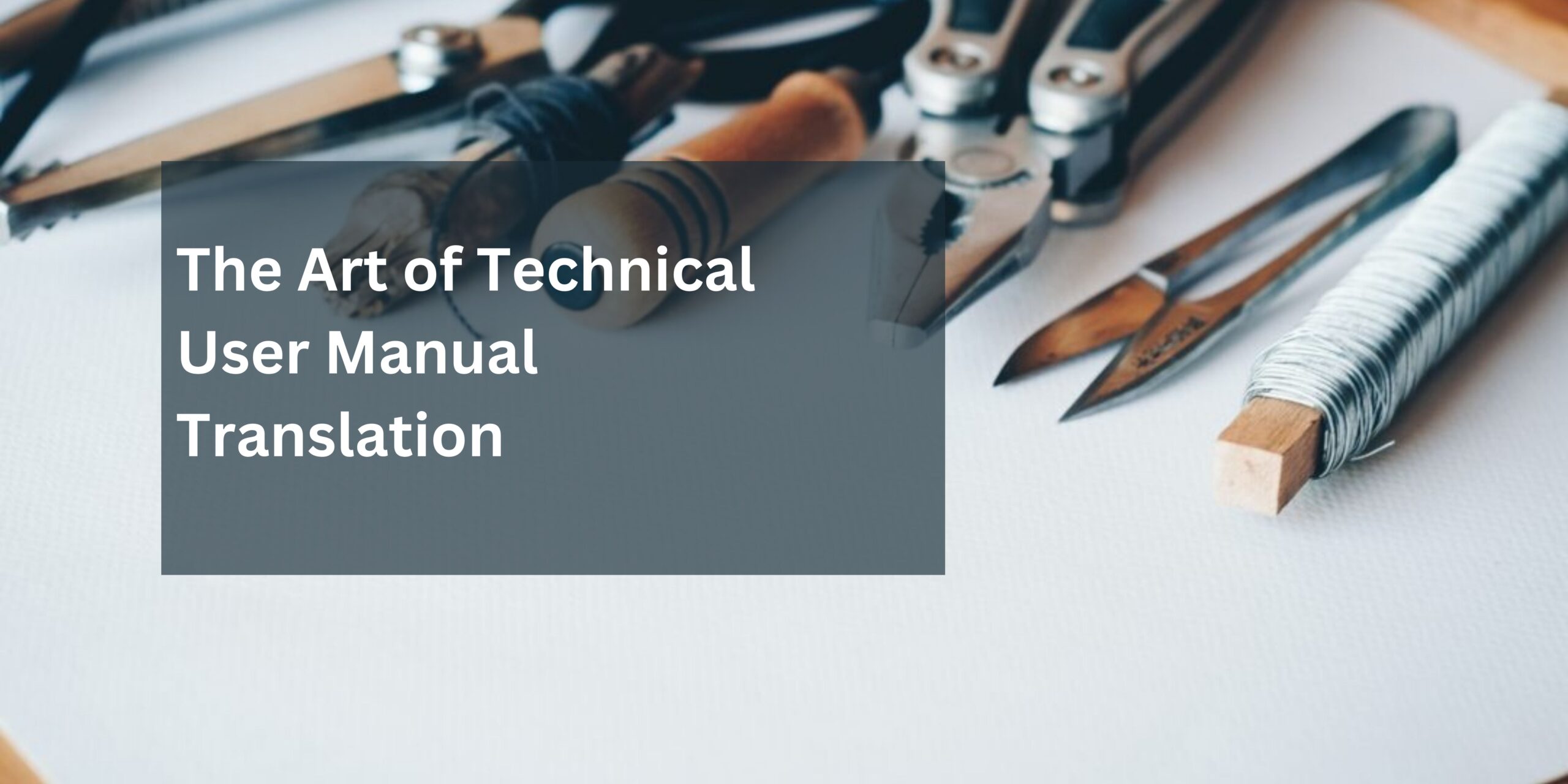- Maintain Clarity and Accuracy
The primary goal of any technical user manual is to convey information accurately and clearly. This objective remains paramount during translation. Translators must ensure that the translated content retains the same level of clarity and precision as the original text. This means accurately translating technical terms, jargon, and complex instructions.
- Adapt to the Target Audience
Understanding the needs and expectations of the target audience is critical. Different cultures may have varying levels of technical expertise and familiarity with the product. Translators should adapt the language and tone to match the proficiency level of the users. Avoiding overly technical language when not necessary and providing explanations when required can greatly improve user comprehension.
- Prioritize User Experience (UX)
User experience is not limited to the design of a product; it extends to the usability of the associated user manuals. Translated manuals should be designed with the user in mind. This includes clear and logical formatting, consistent terminology, and intuitive navigation. Effective use of visuals, such as diagrams and illustrations, can also enhance the user experience.
- Maintain Consistency
Consistency is key in technical manuals, especially when translating into multiple languages. A comprehensive glossary of technical terms and their translations helps ensure that consistent terminology is used throughout the translated manuals. This consistency minimizes the risk of confusion and errors.
- Localize Content
Localization goes beyond language translation; it involves adapting content to suit the cultural context of the target audience. This may include adjusting examples, illustrations, or scenarios to be culturally relevant and relatable. Understanding cultural nuances ensures that the manual resonates with users on a personal level.
- Ensure Legal and Regulatory Compliance
Different regions may have specific legal and regulatory requirements for technical manuals, particularly in industries like healthcare or aviation. Translators must be aware of these regulations and ensure that translated manuals adhere to them. Failure to comply can have serious consequences for both the company and the end-users.
- Use Professional Translators with Domain Expertise
Technical user manuals often contain specialized terminology and industry-specific knowledge. It’s crucial to work with professional translators who have both linguistic expertise and domain knowledge. Translators with a background in the relevant field can provide accurate translations and ensure that technical content is properly conveyed.
- Iterative Review and Testing
A robust quality assurance process is essential in technical user manual translation. Conduct iterative reviews of the translated content, including proofreading and testing. User testing in the target market can uncover issues that may not be apparent through translation alone. Incorporate feedback from users to refine the manuals further.
Conclusion
The art of technical user manual translation is a multidimensional process that requires expertise in language, culture, and technical subject matter. By prioritizing clarity, accuracy, and user experience, and by working with skilled translators and localization experts, businesses can ensure that their translated technical manuals are not only effective but also user-friendly. User-friendly manuals contribute to improved customer satisfaction, reduced support requests, and enhanced product safety, making them a valuable asset in international markets. Choose a trusted partner like Quadrate for technical user manual translation to ensure that your manuals maintain their effectiveness and ease of use across languages and cultures.

